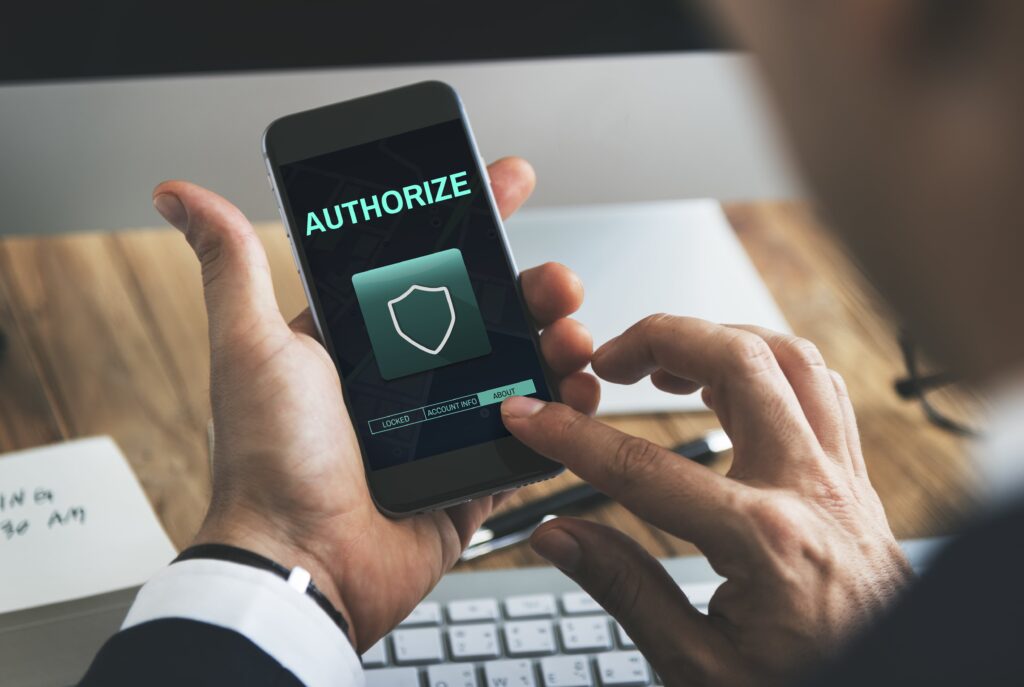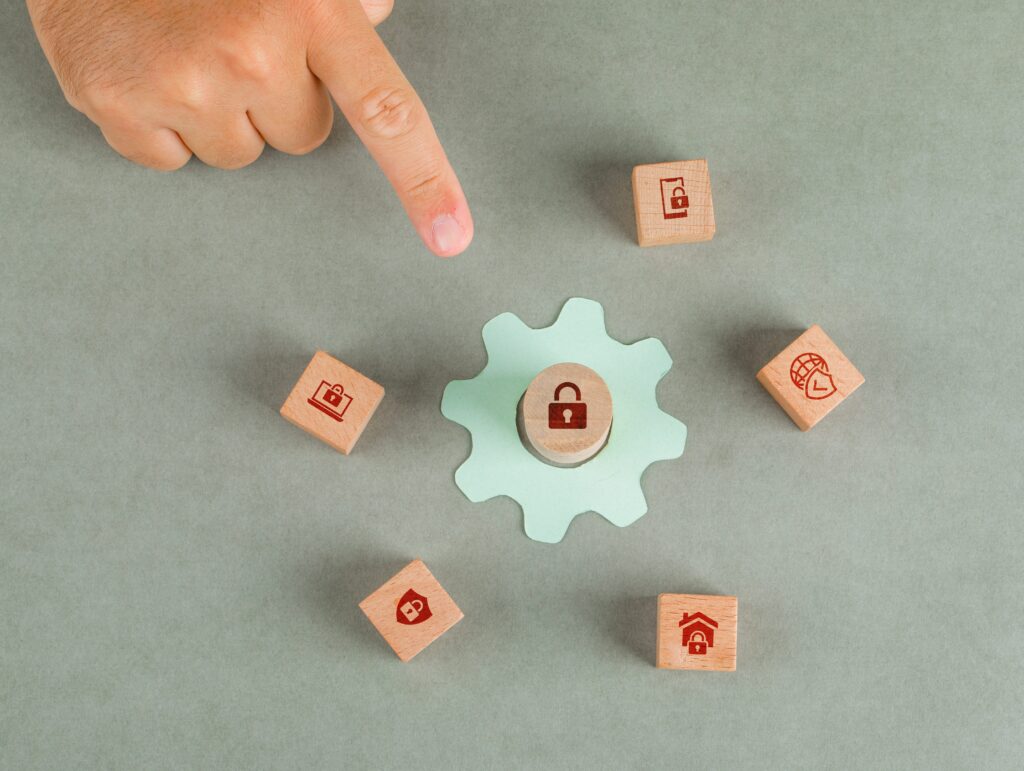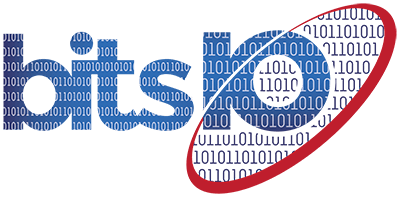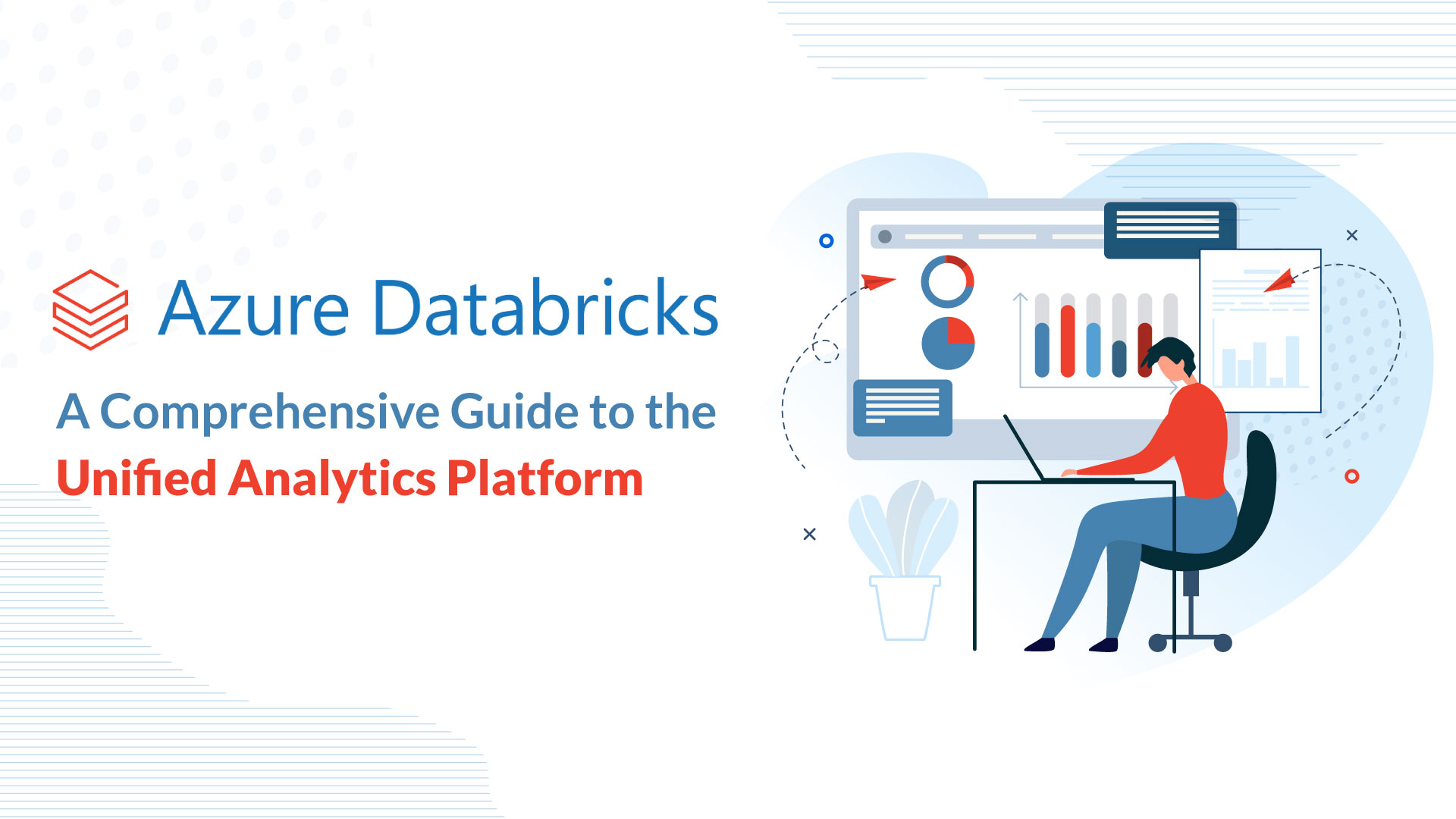
Secure authentication allows users to safely log on to their online accounts while doubling as a line of defense, blocking bad actors from gaining unauthorized access.
We have observed that getting attacked is common amongst businesses requiring their employees to provide preset login credentials and passwords to gain system access.
This primary authentication mechanism does not provide adequate security against online attacks because employee usernames and passwords are often easy to uncover. After all, most users focus less on setting strong passwords and instead set easily memorable passwords.
What is multi-factor authentication?
Multi-factor authentication (MFA) provides additional logon security factors that act as a preventive measure against unauthorized access.
For instance, when employees try to log on from unrecognized devices, MFA mobile authenticators perform identity verification by sending an auto-generated login prompt to the authorized personnel’s device.
This type of MFA design is an added security layer to ensure that the right person is attempting access and not a bad actor that has wrongfully gained access to sensitive employee login credentials, thus decreasing the likelihood of cyber attacks.
How does multi-factor authentication work?
It is worth noting that without multi-factor authentication, anyone with access to your secure login credentials can easily log in to your account.
When a new device tries to log on with multi-factor authentication enabled, they must provide additional information to verify their identity, such as a dynamic one-time password sent to a mobile device or approving the signing through an authenticator app.
These measures ensure that someone with unauthorized access to your username and password cannot log in. Instead, they are stopped at the door since users get notified of unauthorized logins.
To further increase the robustness of security, the auto-generated login codes expire quickly; thus, even if the attacker somehow manages to access the codes, a new code will be auto-assigned after a given time, rendering the old code unworkable.
Types of multi-factor authentication
Several types of authentication factors exist to address different levels of business security requirements. Depending upon the business situation, some instances demand higher security layers than others. Based on this, enterprises can choose what MFA methodologies to utilize.
Here are some of the multi-factor authentication types that businesses commonly use today.
Hardware OTP (one-time password) tokens
Hardware OTP devices are portable pen drive-sized devices with a simplistic design consisting of a button and a display.
Upon pressing the button, it instantly generates a six-digit OTP and displays it on the device’s display. Users can then use this OTP for logging in and authentication.
Only those with physical access to the hardware device can generate the necessary OTP to log in.
This mechanism creates practical roadblocks to stop remote attackers that have maliciously gained access to the employee username and password.
Standalone OTP mobile applications
This is the most user-friendly form of multi-factor authentication used when logging in on various banking applications, email, social media, and more.

Standalone OTP mobile applications generate OTPs discretely to an authenticator mobile app installed on the registered user’s mobile device, meaning only those with access to the app can obtain the OTP required for secure authentication.
SMS-based OTPs
SMS-based OTP authentication is another commonly used methodology where the codes are sent directly to the user’s mobile phone.
The only requirement for this multi-factor authentication is registering an authorized mobile number to receive the OTP. It does not require any additional software installed on your mobile device.
Smartcards and cryptographic hardware tokens
Smart cards are physical cards that act as microcontrollers capable of securely generating and storing cryptographic keys. Employees can access company systems by connecting and authenticating their identity by connecting the cards to the company system.
The system then authenticates employees by validating that the cryptographic keys stored securely on the smart card match those on file in the company database.
Using the smart card requires employees to set a pin that must be entered every time they use the smart card or cryptographic hardware token. This PIN is an additional layer of security to ensure that malicious actors don’t misuse stolen or lost cards.
Advantages of multi-factor authentication
There are several factors that MFA has proven to be highly beneficial to enterprises. Here are some of the most notable advantages:
Adds a layer of security to enterprise login (Reduction of password risk)
Employee passwords pose a significant threat to businesses as they are typically insecure and memorable commonplace phrases. Not all employees use solid alphanumeric passwords with special characters that are hard to crack.
One employee with an exposed password is the only weak link necessary for malicious actors to establish unauthorized access and exploit a company’s system.
Through this exploit, bad actors can gain access to sensitive and confidential enterprise information and cause serious harm to the company.
Multi-factor authentication is an easily deployable and effective tool that can instantly reduce password risk.
Increased control over access
MFA allows for establishing appropriate access control to each organizational stakeholder to the enterprise systems with real-time visibility.

Companies can only view employee logins and other activity information through password-only systems. However, passwords can be cracked or willingly provided to unauthorized actors, causing the business to perceive the access records as an employee login when it is not.
Conversely, MFA affirms that the employee with approved access is logged into the system and can quickly spot unauthorized intruders.
Variety of MFAs to choose from per your needs
One of the essential benefits of MFA is the availability of numerous methodologies that helps you to adapt a scalable solution that is the most suitable for your unique enterprise needs.
As you grow and scale, you can strengthen or alter your systems by adding additional factors for increased security based solely on your needs.
To summarize, MFA is an SSO-compatible and fully customizable solution that businesses can leverage to mitigate network security requirements.
Loss/damage of the device doesn’t compromise data
Setting up additional factors for authentication does not mean that when one loses access to their devices, they cannot log back into their systems.
Most multi-factor authentication systems allow for alternative means of securely logging in during unforeseeable circumstances, such as the loss or damage of authentication phone numbers, mobile devices, or the hardware token device.
These systems provide backdoors as security questions known only to the authorized stakeholders or access codes sent to registered alternative communication channels.
While gaining access, users can assign new authentication devices and continue receiving OTPs as before.
Disadvantages of multi-factor authentication
Even if there are undeniable advantages to using MFA, a few disadvantages may cause business problems. Let us explore some of these disadvantages of using multi-factor authentication.
Increased friction during login
Due to the added security factors imposed by MFA, users may have to go through extra tedious steps to access their systems. This friction may add some complexities, especially when businesses employ many MFA protocols.
Expensive and time-consuming
Deploying an MFA can be complex, costly, and time-consuming if businesses were to attempt setting it up on their own.
Another viable option is to outsource setting it up to an external service provider, which also has associated costs.

Nevertheless, the costs businesses can potentially incur due to weak security measures are vastly higher and more impactful than the capital invested towards elevating system security and securing the business’s networks, customers, and employees.
However, these costs may not be the case for smaller companies that do not possess the resources needed to implement and maintain MFA systems.
Occasional setup inconsistencies across the organization
A common mistake we observed in businesses that set up MFA for their networks in-house is inconsistencies in security measures between internal employees, customers, and external vendors.
These inconsistencies can pose an impactful disadvantage to businesses as everyone are not on the same page with the correct level of access.
Mitigating this requires MFA to be programmed with proper access control parameters set individually to every stakeholder.
Vulnerable to hackers adept at social engineering
Increasingly talented hackers are now utilizing social engineering tactics such as MFA fatigue to coerce employees into providing access to company systems.
Often involving malicious actors running scripts that repeatedly attempt logging in, this tactic sends an endless bombardment of MFA to push notifications onto the unsuspecting employee’s registered devices and communication channels.
This tactic, combined with misrepresentation of IT staff, often coerces and convinces employees to accept the MFA access prompt and unknowingly provide unfettered access.
Bring visibility to enterprise security with bitsIO
bitsIO can provide your business with a managed and cost-effective Splunk offering that eliminates the complexities and risks of a self-managed environment.
bitsIO manages every aspect of your Splunk components and cloud environment’s infrastructure to provide real-time visibility into your enterprise security. Contact us to find out more.


